Top 10 wildlife attractions to avoid and why
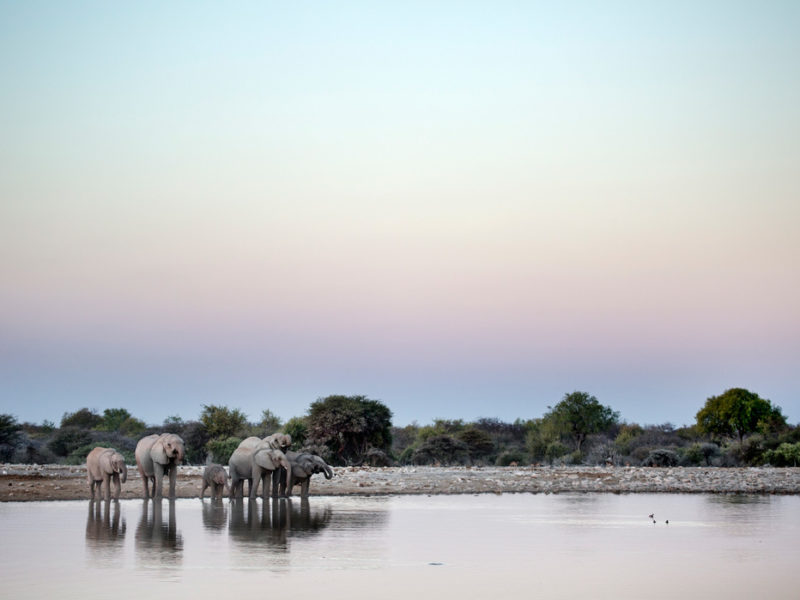

As part of an ongoing campaign, World Animal Protection have identified the top 10 animal attractions to avoid. Let’s spread the word further.
1. Riding elephants
Why you shouldn’t participate
In order to make elephants accept human interaction, performances and rides (which their bodies are not built for), they are usually taken from their mothers as babies and forced through an horrific training process.
This can involve being physically restrained, pain inflicted from a bullhook, and being kept in unsuitable conditions without nutritious food nor water, which damages their physical and psychological wellbeing. Here is advice on how to choose an ethical elephant encounter in Thailand.
See them in the wild
It’s much easier to see the African elephant (as opposed to the Asian elephant) in the wild with the highest numbers found in Botswana, Tanzania, Zimbabwe, Kenya, Zambia and South Africa. The Asian elephant is sadly endangered with wild numbers rapidly declining.
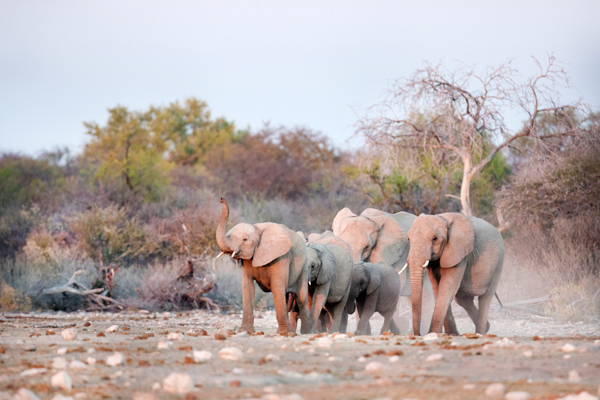
Find the African elephant in the wild in Botswana, Tanzania, Zimbabwe, Kenya, Zambia and South Africa.
2. Touring civet coffee plantations
Why you shouldn’t participate
The world’s most expensive coffee is contributing to the unethical treatment of Asian civets.
Kopi Luwak is made from coffee beans excreted (yes, seriously) by these mongoose-like creatures, but a lot of these coffee plantations (many of which are in Indonesia, including Bali) mass-produce the expensive brew by holding civets in tiny cages rather than harvesting droppings in the wild.
See them in the wild
Wild civets are found in South-east Asia (usually in forests) and Sub-Saharan Africa. If it’s just great coffee you’re after when in Bali, try Revolver Espresso, Petitenget and The Moose Espresso Bar, all in Seminyak.
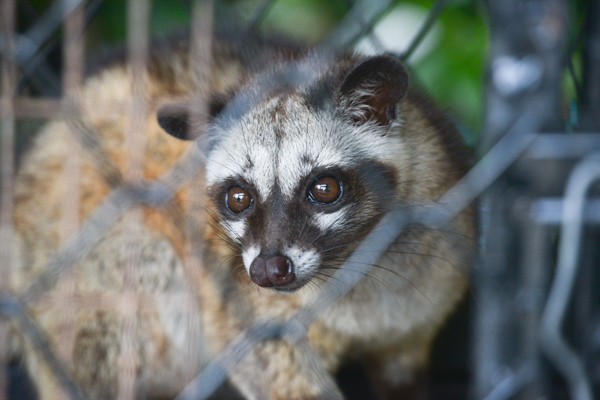
The world’s most expensive coffee is contributing to the unethical treatment of Asian civets.
3. Walking with lions
Why you shouldn’t participate
Mostly in southern Africa, this attraction allows lion cubs to be handled by tourists for photos. These cubs have either been taken from their mothers or are factory-bred and usually punished if they show any natural aggressive behaviour.
When they’re bigger, they’re trained to walk ‘safely’ with tourists, sometimes on leads, or can be sold off to the canned hunting industry. Though some operators offer the chance to volunteer with lions, for the most part these practices do not contribute to conservation.
In the last 50 years, the lion population in South Africa has halved and because captive lions can never be released in the wild (they wouldn’t survive) these numbers are only getting worse.
See them in the wild
Try Maasai Mara National Reserve in Kenya, known as ‘Big Cat Country’; Serengeti National Park, Tanzania; Etosha National Park, Namibia; and Kruger National Park, South Africa.
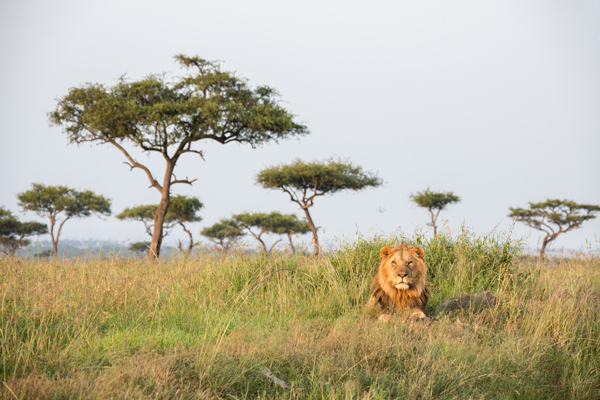
A solo male lion in the Maasai Mara National Reserve in Kenya.
4. Visiting bear parks
Why you shouldn’t participate
Mostly found in Eastern Europe, these parks often keep bears in overcrowded concrete pits and force them to dress up and perform circus tricks.
In the wild, these creatures are usually solitary, so being kept in large groups can be stressful and can result in injuries and death from fighting. You may also see performing bears on the streets of India and China.
See them in the wild
One of the best places to see wild grizzlies, black bears and the rare white Kermode (Spirit Bear) is the Great Bear Rainforest, Canada.

Spot the rare white Kermode (Spirit Bear) in the Great Bear Rainforest, Canada.
5. Performing dolphins
Why you shouldn’t participate
Millions of tourists are often unaware of the cruelty these mammals endure for entertainment. They are often taken from the wild (chased and captured in nets) and transported to their new home; some don’t survive the journey due to stress.
When in captivity, they are often housed in small, sometimes chlorinated, pools. This unnatural environment can see dolphins displaying destructive behaviour such as banging their heads against the pool.
See them in the wild
Kaikoura in New Zealand boasts sightings of large pods of dusky dolphins most of the year.
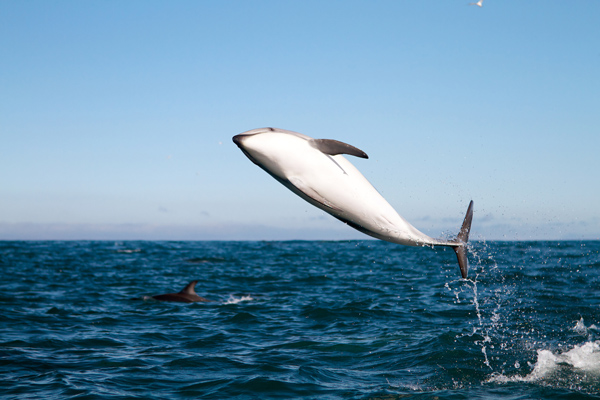
Large pods of dusky dolphins can be spotted most of the year in Kaikoura in New Zealand.
6. Taking tiger selfies
Why you shouldn’t participate
For the past 20 years Thailand’s Tiger Temple has claimed its purpose was to raise funds for conservation, but in reality tigers were being bred for entertainment and illegal trafficking.
Their rigorous training regime included punishment, and many were sedated and chained up for selfies and close encounters.
The Tiger Temple was shut down after an investigation found the bodies of 40 adults and 30 cubs preserved in freezers, however, other places offer similar attractions.
See them in the wild
Ranthambore National Park in India is part of Project Tiger (a national conservation initiative) and is famous for its tiger population with safaris dedicated to spotting them.
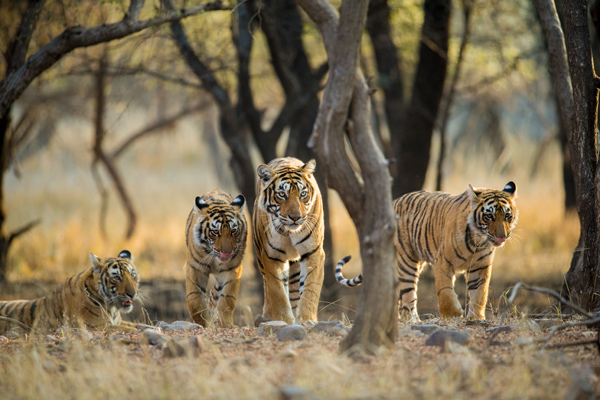
Take a safari in Ranthambore National Park in India and support Project Tiger.
7. Holding sea turtles
Why you shouldn’t participate
The world’s last sea turtle farm is in the Cayman Islands where visitors can hold turtles for photos.
While it seems harmless, this causes them stress and there have been many cases where visitors have dropped or handled the turtles incorrectly, which can cause injuries and death.
See them in the wild
Our very own Great Barrier Reef is the perfect place to spot six of the world’s seven species of turtles; green and loggerhead turtles are seen frequently.
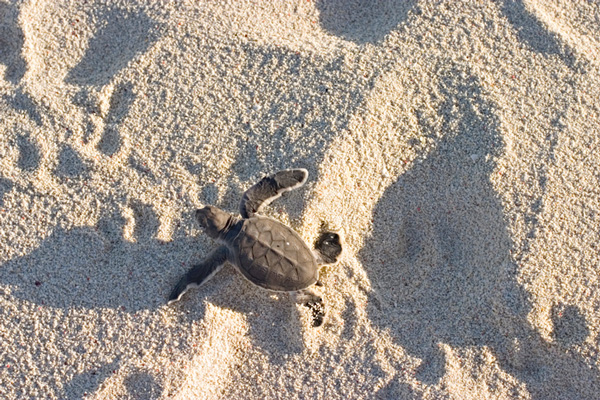
A green sea turtle hatchling in the Great Barrier Reef.
8. Charming snakes
Why you shouldn’t participate
Snake charming may be an ancient practice but it’s also cruel.
Often seen in India, Thailand and the Middle East, snakes are usually captured, their teeth removed, mouths sometimes sewn shut, and venom ducts pierced with needles to incapacitate them. It’s so cruel, India banned it in 1972, but illegal snake charmers are still trading.
See them in the wild
Do you really want to stumble across one in the wild? Not likely.
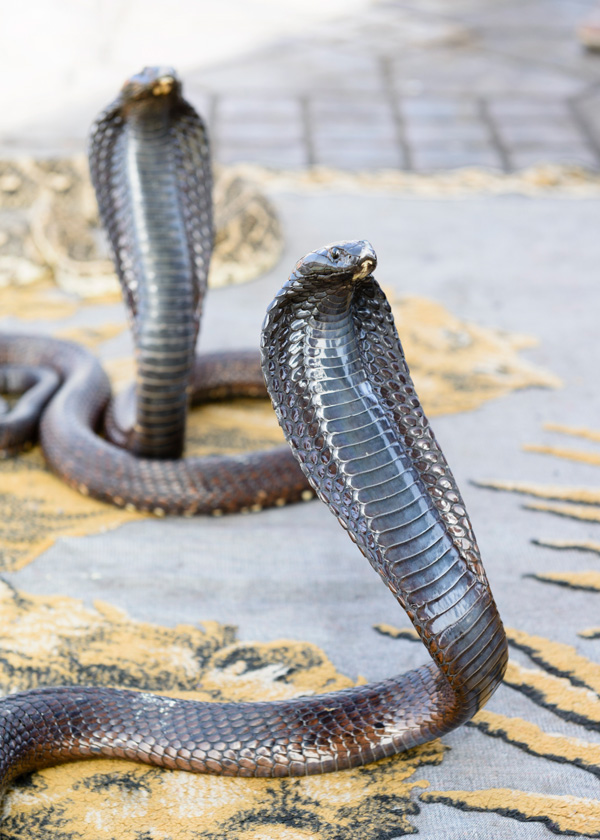
Cobras raised by snake charmers in Marrakech, Morocco.
9. Dancing monkeys
Why you shouldn’t participate
Monkeys, which are used for entertainment in South-east Asia (in particular Thailand), are subjected to abusive training.
When not performing, they are often kept in small cages or on short chains that can become embedded in their skin causing infections.
See them in the wild
You can see many types of monkeys – macaques, Thomas’s leaf monkeys, gibbons and siamangs – in Gunung Leuser National Park, Sumatra, Indonesia.
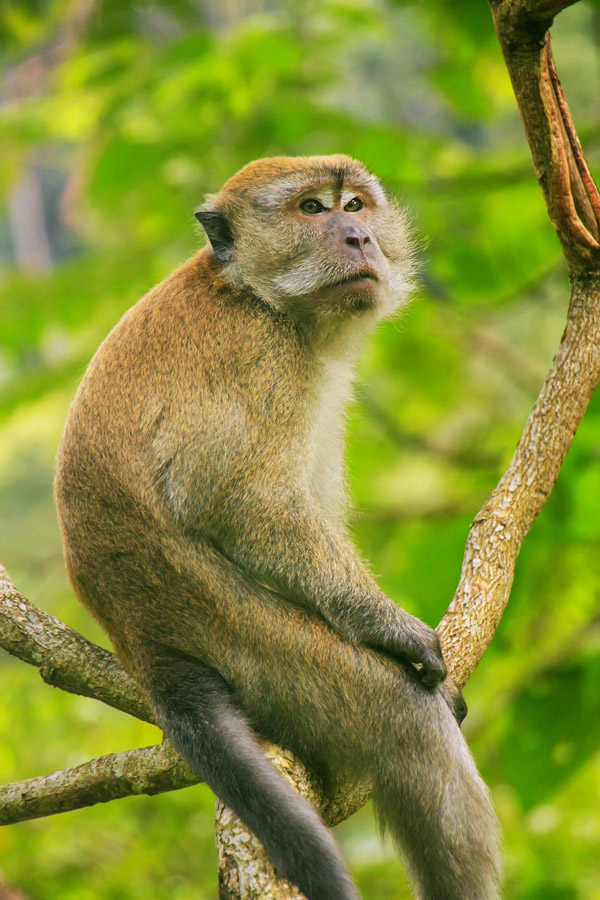
See the crab-eating macaques in Gunung Leuser National Park, Sumatra, Indonesia.
10. Farming crocodiles
Why you shouldn’t participate
Many crocodile farms that operate as tourist attractions breed these animals for meat and leather. The cramped and unnatural spaces, limited food and water can be stressful and many injuries are caused by fighting.
See them in the wild
Australia’s Kakadu National Park is a great place to spot crocs in their natural habitat: try a cruise on Yellow Water Billabong or East Alligator River.

The impressive saltwater crocodile can be seen in Kakadu National Park.






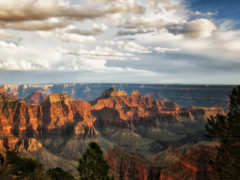
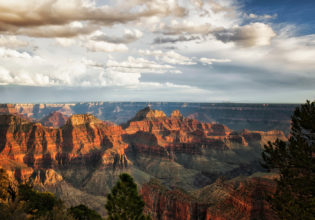
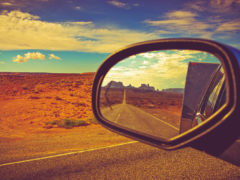
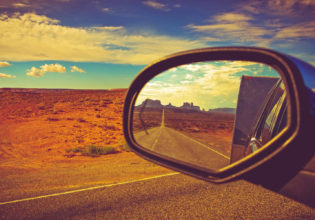

Supposedly “last turtle farm” in Caymen Islands means bred for consumption. There are many sea turtle rearing projects in SE Asia, under the guise of conservation, but this is not a conservation solution and the hatchlings are suffering and sick and many perish before being “released” – usually in conditions not conducive to their survival. Putting sea turtles in captivity has nothing to do with conservation.
Dancing monkeys – in Thailand many of these are side careers for the coconut harvesting macaques. Indonesia, particularly Java has also macaques performing in roadside circuses. This has been banned in Jakarta in 2014 and now in West Java province but still wide-spread across the nation.
This article omitted the general use of wildlife as photo-props, not only Tigers but in many countries various wildlife illegal poached (often at the fatal expense of their parents) to become photo-props either from touts hawking in touristy areas or in sub-standard zoos. Anything from primates, parrots to bears and tigers, baby crocodiles, snakes, eagles and so on.
…and also swimming with the whale shark.
Informative and critical for responsible tourism .